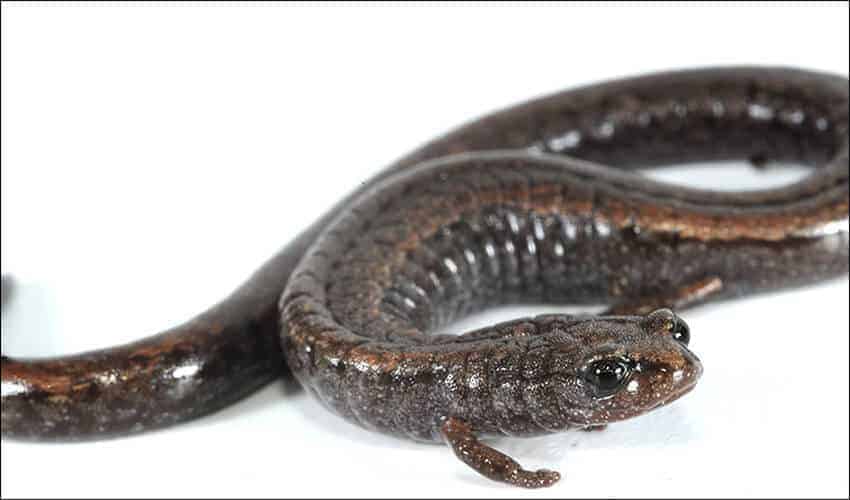New research from two San Francisco State University biologists is filling in some pieces of the puzzle about how a deadly fungus arrived in California and began wiping out amphibian populations.
The disease chytridiomycosis, caused by the fungus Batrachochytrium dendrobatidis or Bd, has caused the extinction of more than 200 amphibian species worldwide and has driven several California species to near-extinction.
Together, two studies from SF State Professors of Biology Vance Vredenburg and Andy Zink help paint a clearer picture for biologists and conservationists working to track Bd and prevent more amphibian extinctions.
“A big part of being able to understand what happens today is being able to describe what happened in the past,” Vredenburg said.
In the first study, published in the journal EcoHealth, Vredenburg and his colleagues — including SF State graduate students, undergraduates and a postdoctoral researcher — found that Bd invaded California’s islands the same way it invaded the mainland. These findings indicate that the fungus invaded both areas at the same time, in the mid- to late-1970s; that there were likely multiple pathways of invasion; and that the pathogen encountered populations of amphibians that had never before encountered the disease. The last finding contrasts with places like Illinois, where Vredenburg’s past research has shown that Bd has coexisted with amphibians for nearly a century.
Conventional wisdom suggests the fungus would first invade islands closest to the coast or more frequently visited by humans and then spread outward. But the results did not match this pattern, which “suggests there are modes of invasion we haven’t yet figured out,” Vredenburg said.
In the second study, co-authored by Vredenburg and Zink and led by then-graduate student Carla Sette, the researchers tested both current and museum samples of California slender salamanders. They found that as more time had elapsed since a population’s initial exposure to Bd, the less likely that same population was to carry the disease in the field.
“This result indicates that just because the disease is moving through a particular population, it doesn’t necessarily mean that population is doomed,” Zink said. “Populations of certain species may be able to sustain an invasion and live through it over time.”
The study was also the first to look at how sociality — the level to which animals in a specific population physically interacted with each other — may be influenced by rates of chytridiomycosis infection.
“Disease theory in general says that when you have hosts that are highly concentrated, you get a much more rapid spread of the disease,” said Sette, now a Ph.D. student at the University of California, Santa Cruz. And if a deadly disease is spreading quickly, the host population is likely to adapt its behavior. “We were predicting that the populations that had been exposed longer would form smaller groups, and that’s basically what we found.”
The situation for many amphibians is dire — Vredenburg is part of a group of researchers who issued a warning earlier this year that another deadly fungus could devastate salamander populations in North America — and researchers are hoping to learn more about how these deadly pathogens behave and the role that humans play in their spread.
“We need to be smarter in the future about the animals and plants that we’re moving around the world, because we’re not just moving them, we’re moving microbes, including pathogens, and that’s not a good idea,” Vredenburg said.


